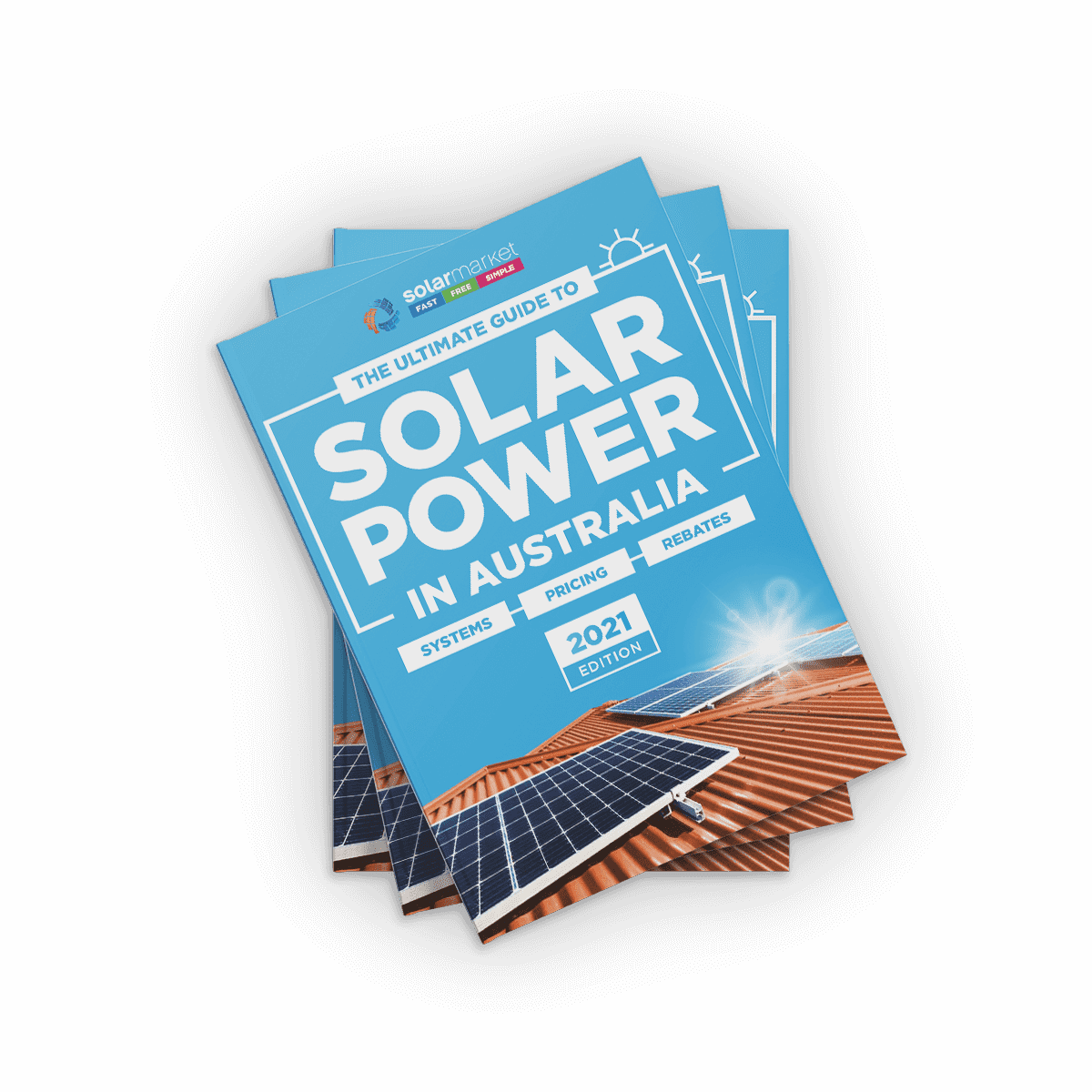The only way the Australian Energy Market Operator (AEMO) could be blunter in its report on the state of our electricity system would be to stick a neon sign on top of its Melbourne head office saying “The market has failedâ€Â.
AEMO’s Advice to Commonwealth Government on Dispatchable Capability, released today, shows there are significant but manageable risks of the lights going out in South Australia and Victoria over the next two summers. And beyond 2018, AEMO will need more tools if shortfall risks are going to be dealt with.
The conclusions about the short-term risks are not surprising. AEMO has issued several reports over the past year or so telegraphing supply shortfalls in the next couple of years.
What is surprising is its view that action needs to be taken when Liddell, the AGL-owned power station in New South Wales, closes in 2022. That is five years away, and AGL has been trumpeting the decision at every opportunity, but AEMO is clearly not confident that the market will respond by delivering new generation, or storage, or demand response, to fill the gap.
EMO recommends immediate development of a strategic reserve that it can deploy to prevent loss of power over the next few summers. A strategic reserve is basically back-up generation (or storage or demand response) that is used only in an emergency.
AEMO’s job is to make sure there is enough generation available – that supply equals demand. A strategic reserve will deliver the capacity – be it gas generation, storage or demand response – that it needs to meet any shortfall. Neither coal nor wind and solar can fulfil this function. Coal takes too long to come online, while wind and solar provide intermittent supply so there is no certainty that renewable energy will be there when needed.
A strategic reserve is an insurance policy, only to be used in extreme circumstances. And like any insurance policy it has a cost – a cost that will be passed on to consumers. Of course, if electricity keeps being delivered as required over the next two summers, governments and consumers may well consider this money well spent.
But a strategic reserve does not deal with the second problem AEMO is seeking to solve: that not enough dispatchable generation is being built in the National Electricity Market. Even with backup generation controlled by AEMO, Australia will still need new generation to provide day-to-day power when existing power stations such as Liddell close.
AEMO’s second major recommendation is the immediate “development of a longer-term approach to retain existing investment and incentivise new investment in flexible dispatchable capability in the NEMâ€Â.
Since it was set up 20 years ago, the NEM has delivered sufficient generation to meet demand, and at a reasonable cost. But this report makes it clear that AEMO believes this is no longer the case and that changes to the market are needed.
The report is understandably silent on what this “longer-term approach†might look like, given that market design is tricky. But the report is unequivocal that a new mechanism needs to be in place by the time Liddell closes. If not, supply shortages – and the associated loss of power to consumers – will be far more likely.
AEMO has provided the federal government with a pathway to securing electricity supply for the foreseeable future. There will be costs, but all governments will have greater assurances that the lights will stay on.
What AEMO hasn’t done is call out the policy instability that has been a major reason we have got ourselves into this mess. Commentators, Chief Scientist Alan Finkel, and numerous industry players – including the Big Three owners of generation in Australia – have all long been arguing that the major barrier to investment in the NEM has been the dog’s breakfast that is climate change policy.
The federal government can use this report to satisfy critics within its own party that there is a plan to ensure enough dispatchable generation in the NEM.
But the government must not use AEMO’s report as a get-out clause that allows it to continue to avoid creating an effective emissions reduction policy in the electricity sector. If anything, the report should stand as a stark warning to politicians of all stripes about what happens when you get policy so badly wrong.
Bipartisan agreement on the only politically acceptable emissions reduction policy – a Clean Energy Target – may not be sufficient, but remains absolutely necessary, to ensure there is enough generation to meet Australia’s electricity needs.
AEMO has shown it is willing to do its job. It is now up to our politicians to do theirs.
David Blowers, Energy Fellow, Grattan Institute
This article was originally published on The Conversation. Read the original article.










